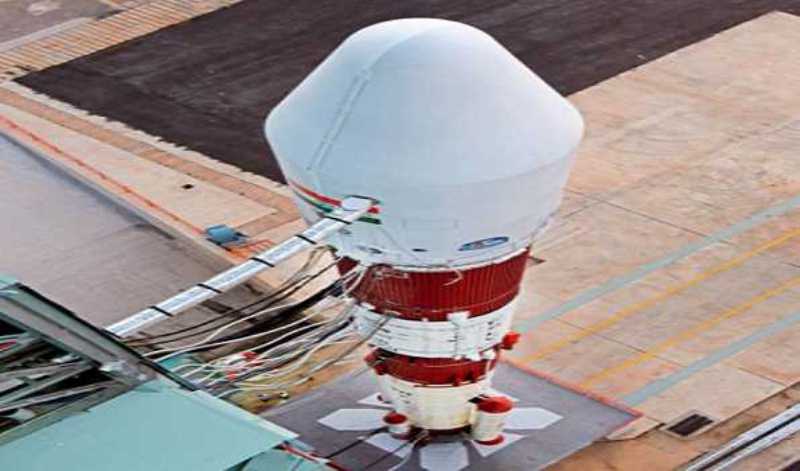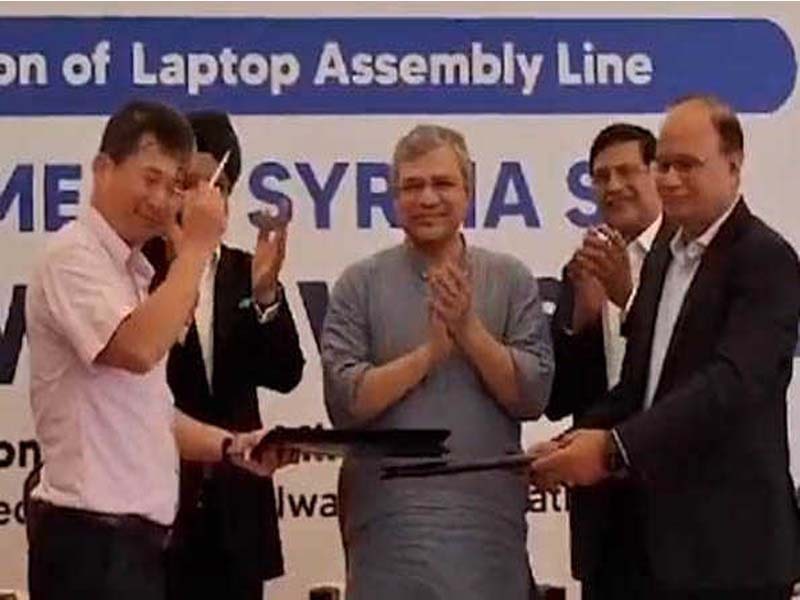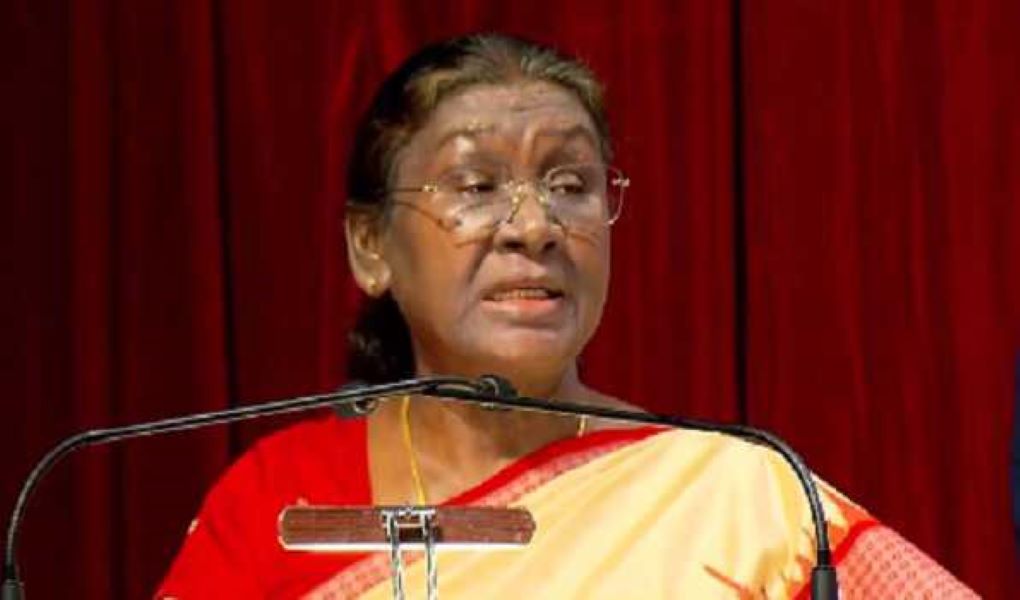Countdown begins for PSLV-C51/Amazonia-1 mission
Chennai, Feb 27 :The 22.5 hour countdown for tomorrow’s
launch of PSLV-C51, which would be carrying 637 kg Brazillian
Satellite Amazonia-1 and 18 co-passenger satellites, began at
0854 hrs on Saturday at the spaceport of Sriharikota, about
100 km from here.
‘Countdown for the launch of PSLV-C51/Amazonia-1 mission
commenced today at 0854Hrs from Satish Dhawan Space
Centre (SDSC) SHAR, Sriharikota’, ISRO tweeted.
The launch would take place from the First Launch Pad at
1024 hrs on Sunday.
This would be one of the longest mission for the Space Agency
that would last nearly two hours.
This would be the first mission of this year and the first dedicated
commercial mision for the newly formed NewSpace India Limited
(NSIL).
After the Launch Authorisation Board (LAB) cleared the mission,
the countdown commenced today during which propellant filling
operations would be taken up in the 44.4 m tall four-stage vehicle.
In this mission, the fourth stage engine would be cut off and
restarted twice.
About 17 minutes after the launch, the fourth stage engine
would be cut off following which Amazonia-1 will get separated
and injected into the orbit.
About 44 minutes later, the fourth stage engine would be restarted
for nine seconds and cut off before restarting it for the second
time 30 minutes later when the co-passenger satellites would get
separated and injected into the Polar Sun Synchronous Orbit.
ISRO would be using the ‘DL’ variant of PSLV equipped with two
solid strap-on boosters for this mission.
This would be the first launch of 2021, 39th from the First Launch
Pad, 78th Launch Vehicle Mission from SDSC SHAR, 53rd flight of
PSLV, third flight of PSLV-DL and the first ‘dedicated PSLV
commercial mission for NSIL being undertaken under a commercial
agreement the Spaceflight Ic. USA.
Amazonia-1 is the optical earth observation satellie of National
Institute for Space Research (INPE), Brazil.
This is the first satellite which is completely designed, integrated,
tested and operated by INPE. It has a life span of four years.
The Amazonia-1 mission would further strengthen the existing
structure by providing remote sensing data to users for monitoring,
deforestation in the Amazon region and analysis of diversified
agriculture across the Brazillian territory.
The 18 co-passenger satellites include four from IN-SPACe (three
UNITYsats from consortium of three Indian academic institutes and
One Satish Dhawan Sat from Space Kidz India) and 14 from NSIL.
The commercial co-passengers satellites are India’s SindhuNetra
and SAI-1 NanoConnect-2 of USA–both for technology demonstration
–and 12 Space BEEs satellites from USA for two-way satellite
communications and data relay.
SDSAT, a nano satellite built by Space Kidz India, is intended
to study the radtional levels/space weather and demonstrate long
range communication technologies.
UNITYsat is the combination of three satellites. It is designed
and built as a joint development by Jeppiar Institute of Technology
(JITsat), G H Raisoni College of Engineering-Nagpur (CGHRCEsat)
and Sri Shakthi Institute of Engineering and Technology, Coimbatore
(Sri Shakthi Sat).
This satellite is intended for providing Radio relay services. (UNI)





